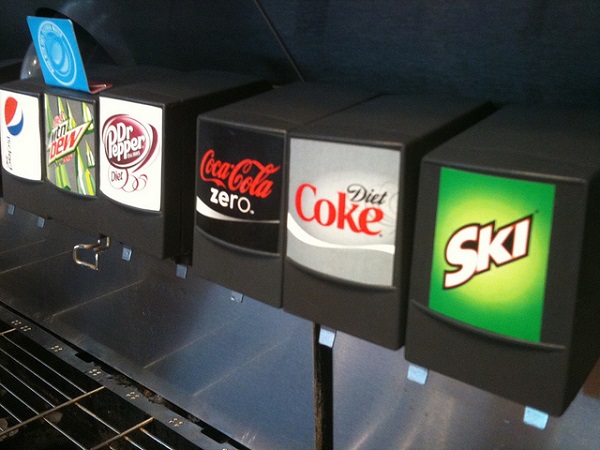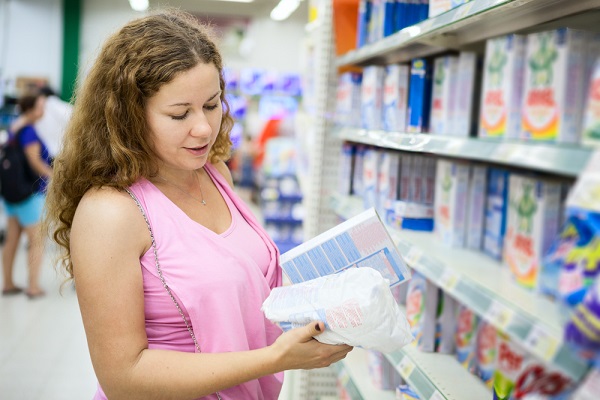B2B2C: The Next Wave of Digital Marketing
Published on by Dan Klco
Over the last several years, the digital marketing revolution has moved outward from B2C brands into the B2B companies. This wave of change has seen massive changes in retail and the death of numerous brands which were not able to compete in the new digitized landscape. Consumer's increased expectations are now affecting B2B interactions and companies which cannot provide comparable digital experiences to the customers no matter whether consumer or businesses will soon find themselves outcompeted.

New Pressure & Competition
Whereas most retail and B2C companies have been leveraging digital marketing to enhance their customer's experience for some time, many B2B companies are only recently started to identify, track and market to their customers using modern digital marketing technologies and techniques. For B2B companies, successfully providing digital experiences and justifying the spend, requires an even deeper understanding their customers within the businesses they serve and finding the relationships between activity on their digital properties and the purchases of their products, which often occurs offline.
Increasing expectations around digital experiences are affecting the B2B space as their customers now expect the same quality of experience they receive as consumers, no matter the channel. These increasing expectations are now affecting B2B2C companies, which previously only had to worried about marketing their products to consumers. Now, with rising expections and digitization becoming common if not expected, customers within businesses are willing and able to switch providers easier than ever before.
Who is affected?
So who is affected by this trend? Companies especially affected:
- provide a premium product
- as an add-on to another product or service
- market to consumers, but sell through another company which provides a the primary product
- and service an internet-connected audience
Let's consider some examples:
Food and Beverage Industry
Food and beverage companies are good examples of B2B2C companies. A consumer buying a burger is buying the buying the burger first, and the soda is an add-on. At the same time, consumers have a choice at the soda fountain and even more importantly the restaurant has a choice of which beverage vendor to carry.
 "Ski Cola Soda Fountain" by Tom Conder is licensed under CC BY-ND 2.0
"Ski Cola Soda Fountain" by Tom Conder is licensed under CC BY-ND 2.0
In order to ensure their products are vended and purchased consistently, food and beverage providers must market to both consumers and businesses. Their digital marketing must provide an excellent, consistent customer experience to build and reinforce brand loyalty.
Consumer Goods
In the case of consumer goods are another great example, let's take a detergent company as an example. A consumer buys the detergent as a secondary product to the clothes they buy and potentially even from the same store. So how does the company ensure their products are purchased over the products provided by their competitors?

Consumer goods companies must convince consumers their products are better than their consumers and provide a superior value. Additionally, they must convince the businesses they sell to to provide the company premium shelf space by proving that stocking their products will make the store more money.
What's Next?
In order to stay relevant in the new era of Digital Marketing, B2B2C companies must focus on providing an excellent, consistent brand experience for both their consumer and business customers. By leveraging best-of-breed technologies and techniques, these companies can start bringing these experiences together providing a unified message and experience to every customer who interacts with the brand.
In order to take the next step into the digital marketing revolution, B2B2C companies should ask themselves:
- How do I differentiate my product as a premium product versus generic competitors?
- How do I drive and measure customer engagement?
- How do I use engagement to drive and measure sales of my product through partner channels?
- How do I prove the value of my product to your distribution partners?
- How do I integrate real world sales and digital marketing efforts?
- How can I provide a consistent brand experience for every customer type across all channels?